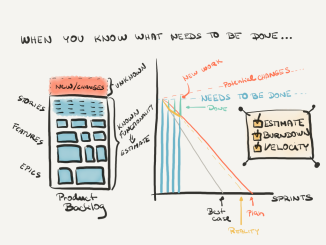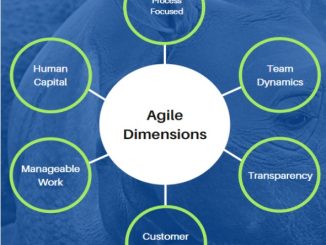Articles on Scrum and Agile Project Management
Every year brings new challenges and seasonal peaks such as Cyber Monday and Black Friday. During these events, businesses experience an unusual amount of pressure followed by a faster pace of work, a higher volume of transactions, etc. Companies are most vulnerable during seasonal peaks because of the many challenges they must conquer.
With its iterative approach, the Scrum framework enables teams to minimize risk and manage risks confidently. Risk can creep into various elements when managing a project and prevent you from delivering a valuable project. But it takes much more than risk awareness to head off these risks.
If estimating is a core activity of traditional project management, Zuzana “Zuzi” Šochová explains to us in this article that it is not used by advanced Agile and Scrum teams. Instead, the focus should be on being more reactive to changes and responsive to feedback. We are realizing that Agile is not about plans, but planning as a continuous activity.
Has improving your Scrum team been like taking a walk to Mordor? “Not with ten thousand men could you do this. It is folly.” Tolkien, Lord of the Rings. The path seems wrought with peril. Why not just implement the ceremonies first, then focus on the intent later. Stopping there incurs the risk of slipping back into bad habits.
Conceptually Scrum is simple, so why is achieving a mature agile team such a daunting experience? Maybe because it’s not just a matter of implementing the ceremonies. Scrum teams need to embrace continuous improvements through an incremental and iterative process.
Today, many scrum teams and Agile organizations have incorporated some forms of remote work. This article presents the challenges of managing a distributed scrum team and provides actionable tips for success.
Creating effective Agile teams is not easy. This article explores three models that can inspire you in the Scrum team creation process: the Lencioni Model, the 7T Model and the Tuckman’s Team Development Model.







